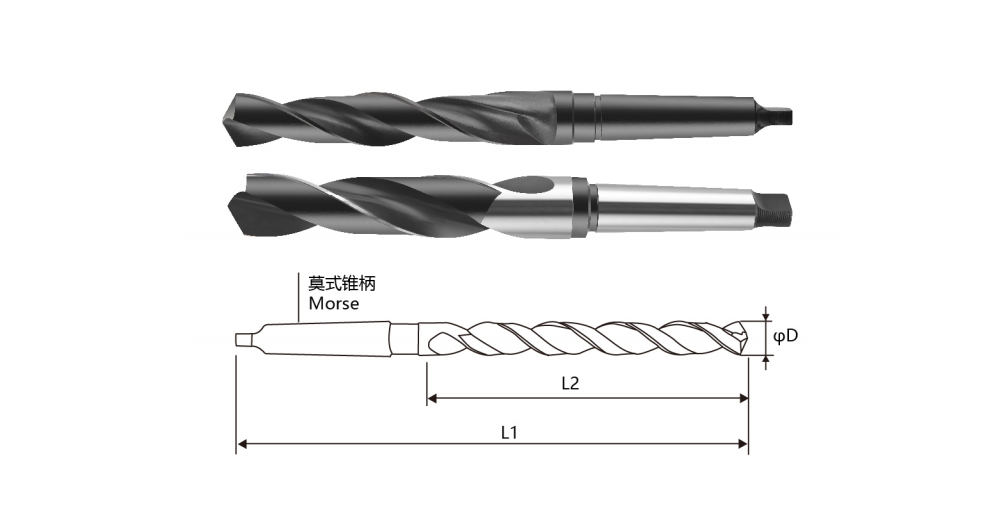Understanding the Structure and Application of Taper Shank Twist Drill
A Taper Shank Twist Drill is a widely used cutting tool in machining operations. Its defining characteristic is the tapered shank, which allows for secure fitting into machine tool spindles without the need for additional fastening mechanisms. This design improves alignment and stability during drilling, ensuring efficient material removal.

The drill consists of a cylindrical body with spiral flutes that help in chip evacuation and cooling. The taper shank is typically designed according to standardized measurements, making it compatible with various machine tools such as lathes, drilling machines, and milling machines. This feature enhances its versatility across different industries, including automotive, aerospace, and heavy machinery manufacturing.
One of the primary advantages of the taper shank twist drill is its ability to withstand high torque and heavy loads. Compared to straight shank drills, it offers improved grip and minimizes the risk of slippage during operation. This makes it suitable for drilling deep holes and working with hard metals.
Proper maintenance is crucial for ensuring its longevity and performance. Regular inspection for wear, correct re-sharpening techniques, and using appropriate cutting fluids can help maintain its efficiency. By understanding the structural advantages and applications of the taper shank twist drill, manufacturers can select the right tool for their machining needs.
DIN345 4341/6542 tapered shank twist drill is a special drill for metal processing. It is usually made of high-quality 4341 or 6542 high-speed steel materials, which have good hardness and wear resistance, and are suitable for processing a variety of metal materials.
- Art
- Causes
- Crafts
- Crypto
- Dance
- Drinks
- Defi
- Film
- Fitness
- Food
- Игры
- Gardening
- Health
- Главная
- Literature
- Music
- Networking
- Другое
- Party
- Religion
- Shopping
- Sports
- Theater
- Wellness

